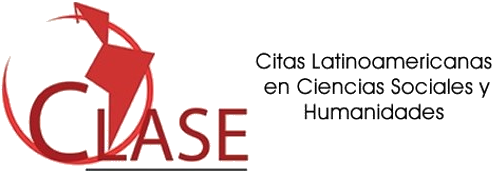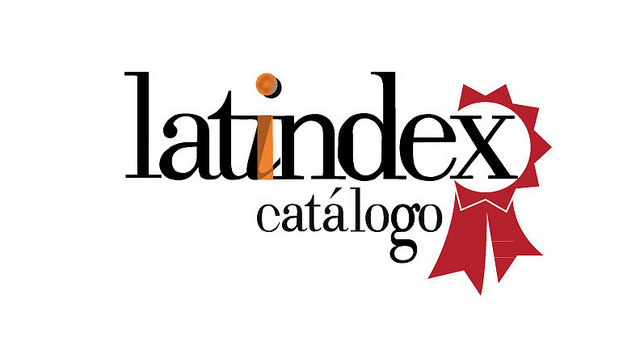Social Media And Digital Platforms On The Migrant Journey From The Darien Rainforest To Mexico’s Northern Border
DOI:
https://doi.org/10.29340/en.v8n15.400Keywords:
immigration, Darien Gap, digital platforms, TikTok, WhatsApp, migrant experienceAbstract
The trip to the United States for undocumented immigrants includes dangerous routes like the Darien Gap and parts of Mexico run by organized crime. This article examines how social media and digital platforms influence the migrant experience based on two case studies. It shows how media like TikTok, WhatsApp, and Facebook are used not only to document and share experiences in real time but also to build digital support communities. The findings reveal that while digitalization facilitates planning and reduces risks, it also exposes immigrants to new dangers. Ultimately, the article underlines the need for policies that incorporate these tools to enhance the safety of immigrants and provide them with support along their journey.
Downloads
References
Acosta, Henry, Erika Ramírez y Jonnathan Jiménez (2023). “Implicaciones de la migración irregular sobre la seguridad humana en la región del Tapón del Darién en Colombia”, Seguridad, Ciencia & Defensa, 9(9), pp. 35-52.
Baigts, Carolina y Lilian Zenteno (2023). “Addressing the Darien Gap Migration Crisis and its Impact on Neighboring Countries, United Nations Department of Economic and Social Affairs (DESA).
Bandura, Albert (2001). “Social Cognitive Theory: An Agentic Perspective”, Annual Review of Psychology, 52(1), pp. 1-26. Battinto, Batts (2013). “An Exploration of the Relationship between Social Media Use and Engagement among African American Student leaders”. Tesis de doctorado. Hampton: Hampton University.
Castells, Manuel (2006). La sociedad red: una visión global. Madrid: Alianza.
Calvillo, Ana Luisa y Guillermo Hernández (2018). “Potencialidades del archivo público de narrativas digitales ‘Humanizando la Deportación’ como fuente histórica para el estudio de las migraciones internacionales”, Debates Por La Historia, 6(1), pp. 85-116. https://doi.org/10.54167/debates-por-la-historia.v6i1
— (2021). “Discurso y resistencia: la cultura de la deportación de los migrantes mexicanos”, Migraciones Internacionales, 12. https://doi.org/10.33679/rmi.v1i1.2129
Clarke, Victoria y Virginia Braun (2017). “Thematic Analysis”, The Journal of Positive Psychology, 12(3), pp. 297-298.
Fabián, Arturo y Eduardo Valdez (2024) “Narrativas digitales como herramienta metodológica para la producción y análisis cualitativo de experiencias sobre migración internacional forzada”, en Isaac de Jesús Palazuelos Rojo, Hugo Méndez Fierros y Christian Alonso Fernández Huerta (coords.). Etnografías digitales: aproximaciones etnográficas en la era de la hipermediatización digital. Mexicali: Universidad Autónoma de Baja California, pp. 71-104.
Gillespie, Tarleton (2018). Custodians of the Internet: Platforms, Content Moderation, and the Hidden Decisions that Shape Social Media. New Haven: Yale University Press.
Guess, Andrew M. y Kevin Munger (2023). “Digital Literacy and Online Political Behavior”, Political Science Research and Methods, 11(1), pp. 110-128.
Hernández, Alberto y Carlos S. Ibarra (2023). “Navegando entre dominación y empatía: desafíos éticos y metodológicos en la investigación del corredor migratorio del Tapón del Darién”, Tramas y Redes, (5), pp. 29-46. https://doi.org/10.54871/cl4c500i
Hobbs, Renee (2011). “Keynote Empowering Learners with Digital and Media Literacy”, Knowledge Quest, 39(5), p. 13.
Kshetri, Nir (2013). Cybercrime and Cybersecurity in the Global South. Nueva York: Springer.
Leurs, Koen y Kevin Smets (2018). “Five Questions for Digital Migration Studies: Learning from Digital Connectivity and Forced Migration in (to) Europe”, Social Media + Society, 4(1). https://doi.org/10.1177/2056305118764425
Nguyen, Andy (2022). “Digital Inclusion: Social Inclusion in the Digital Age”, en Handbook of Social Inclusion: Research and Practices in Health and Social Sciences. Cham: Springer International Publishing, pp. 265-279.
Nissenbaum, Helen (2009). “Privacy in Context: Technology, Policy, and the Integrity of Social Life”, en Privacy in Context. Palo Alto: Stanford University Press.
Putnam, Robert (2000). Bowling Alone: The Collapse and Revival of the American Community. Nueva York: Simon and Schuster.
Rainie, Lee y Barry Wellman (2012). Networked: The New Social Operating System. Cambridge: The mit Press. https://doi.org/10.7551/mitpress/8358.001.0001
Reyes, Mauricio (2023). “Necoclí, el embudo migratorio en el Tapón del Darién y el rebote postpandemia en los flujos mixtos que atraviesan a Colombia”, en Nuria Arenas (coord.). Desplazamiento forzado y protección internacional en América Latina en el 70 Aniversario de la Adopción de la Convención de Ginebra sobre el Estatuto de los Refugiados. Huelva: Universidad de Huelva, pp. 167-184.
Ter Laan, Nina (2023). “Assalamu ʿAlaykum, Can We Add This Sister?’:WhatsApp Group Chat as a Homemaking Practice among Dutch-Speaking Muhajirat in Morocco”. Religion and Gender, 13(2),
pp. 206-226.
Van Dijck, José (2013). “‘You Have One Identity’: Performing the Self on Facebook and LinkedIn”, Media, Culture & Society, 35(2), pp. 199-215. https://doi.org/10.1177/0163443712468605
Van Houtum, Henk y Rodrigo Bueno (2023). “Humans, not Arrows: Countering the Violent Cartography of Undocumented Migration”, en Ilse Van Liempt, Joris Schapendonk y Amalia Campos-Delgado (eds.). Research Handbook on Irregular Migration. Cheltenham: Edward Elgar Publishing, pp. 49-65.
Walk, Erin, Kiran Garimella y Christia Fotini (2023). “Displacement and Return in the Internet Era: Social Media for Monitoring Migration Decisions in Northern Syria”, World Development, 168. https://doi.org/10.1016/j.worlddev.2023.106268
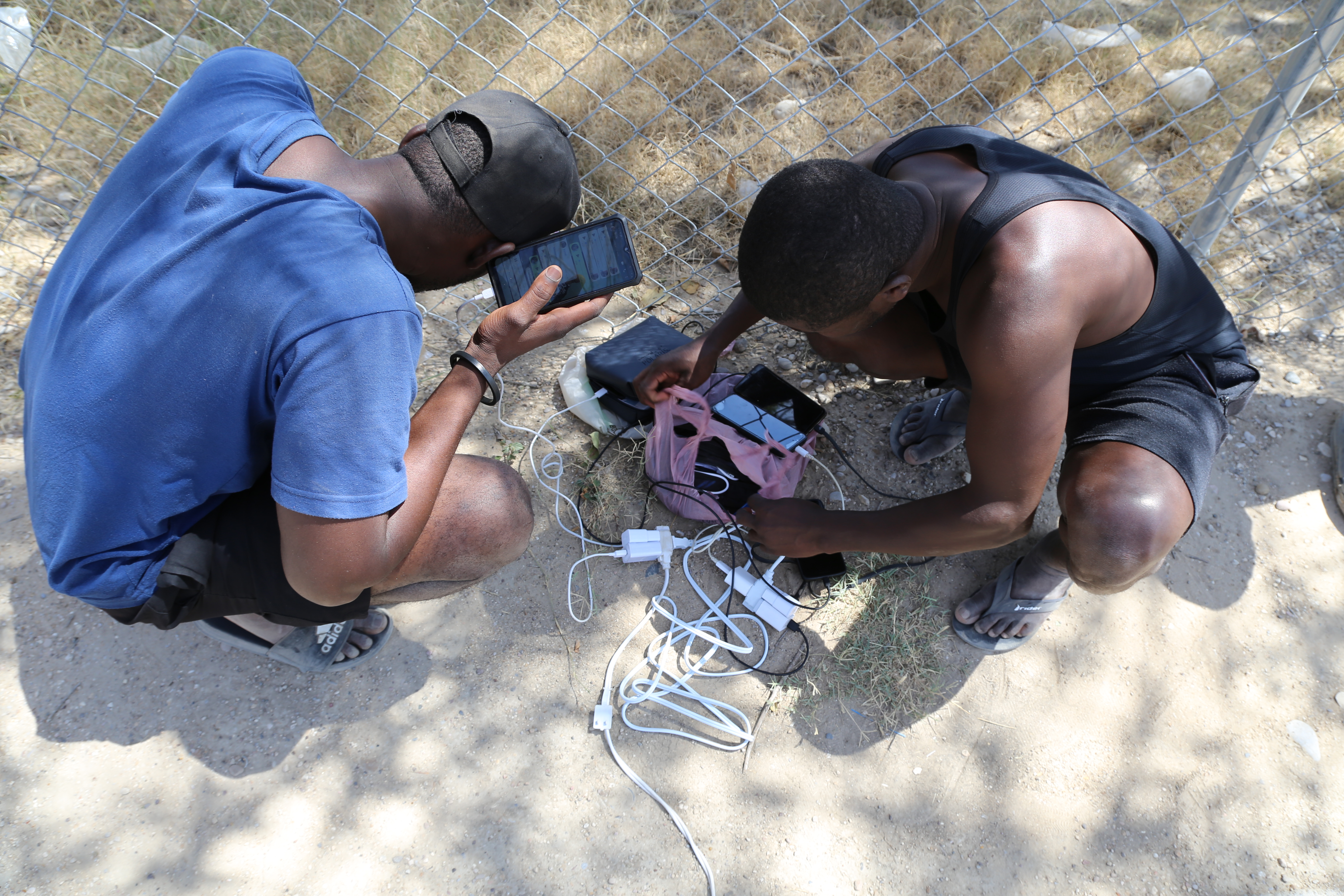
Downloads
Published
Issue
Section
License
Copyright (c) 2025 Encartes

This work is licensed under a Creative Commons Attribution-NonCommercial 4.0 International License.
Aviso de derechos de autor
- Los autores/as conservan los derechos de autor y ceden a la revista el derecho a la primera publicación con el trabajo registrado con la licencia de atribución Creative Commons, que permite a terceros utilizar lo publicado siempre que mencionen la autoría del trabajo y a la primera publicación en esta revista
- Los autores/as pueden realizar otros acuerdos contractuales independientes y adicionales para la distribución no exclusiva de la versión del artículo publicado en esta revista (por ej. Incluirlo en un repositorio institucional o publicarlo en un libro) siempre que indiquen claramente que el trabajo se publicó por primera vez en esta revista.
El material puede ser copiado, distribuido, comunicado, ejecutado públicamente. Se pueden hacer obras derivadas de él. No se puede utilizar para fines comerciales. Se debe reconocer y citar la obra de la forma en que tú especifiques.

